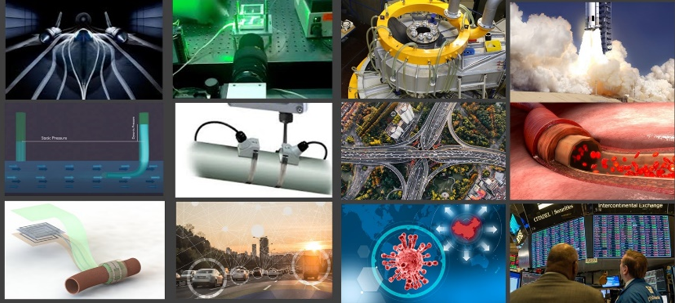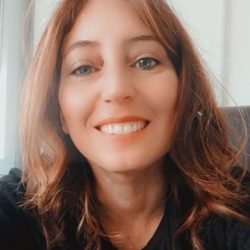Scope
Fluidynamics laws govern and describe an enormous kind of physical problems, in any field where you can recognize a flow (fluid, mass, traffic, money, virus, and so on), even in any living organisms, human, animal or vegetal. Nowadays, Aerospace, Biomedicine and Economy (also for the monetary flows we can speak of monitoring methodologies, of an IT type in the specific case, which is similar to an experimental strategy of observation and study of real phenomena) are the most advanced and stimulating fields of research, where advanced experimentations could significantly help to better understand real problems and to validate the more sophisticated and more math-numerical models for their simulations and solutions.

Aim of the flow sensors Technical Committee is to encourage researchers, technicians, sensor constructors, users to discuss the most recent technologies, methodologies, and sensors for fluidynamics topics.
Actions to pursue the aim will be meetings, as well technical as educational, ad hoc workshops and seminars, in order to let people share (so that people can share) know-how ideas proposals for new sensors, technologies, experimental procedures to obtain more and more reliability and accuracy.

DMMM-Dipartimento Meccanica Matematica Management
Politecnico di Bari
Tel. 080 5963825
laura.fabbiano@poliba.it
Chair
Laura Fabbiano
Laura received her M.Sc. degree and Ph.D. in electrical Engineering at the Politecnico di Bari University in 2002 and 2010, respectively, discussing a thesis in Electrical measurements. She currently holds an assistant professor position in Mechanical and Thermal Measurements at the Department of Mechanics, Mathematics and Management from Politecnico di Bari University.
Since 2003 she deals with research topics in the field of measurement, in particular with acoustic and vibration sensors and actuators, and uncertain theory. Since 2010 she focuses her interests on mechanical and thermal measurements with regard to fluid dynamic measurements, flow sensors and vibrations induced by fluid turbulence onto pipe walls, mostly making use of laser instrumentation.
